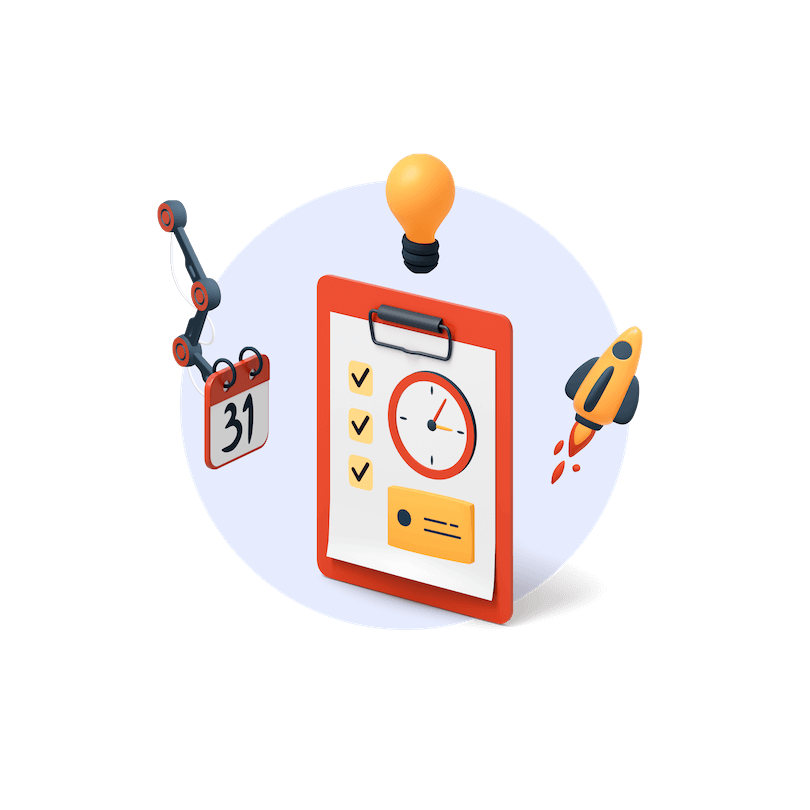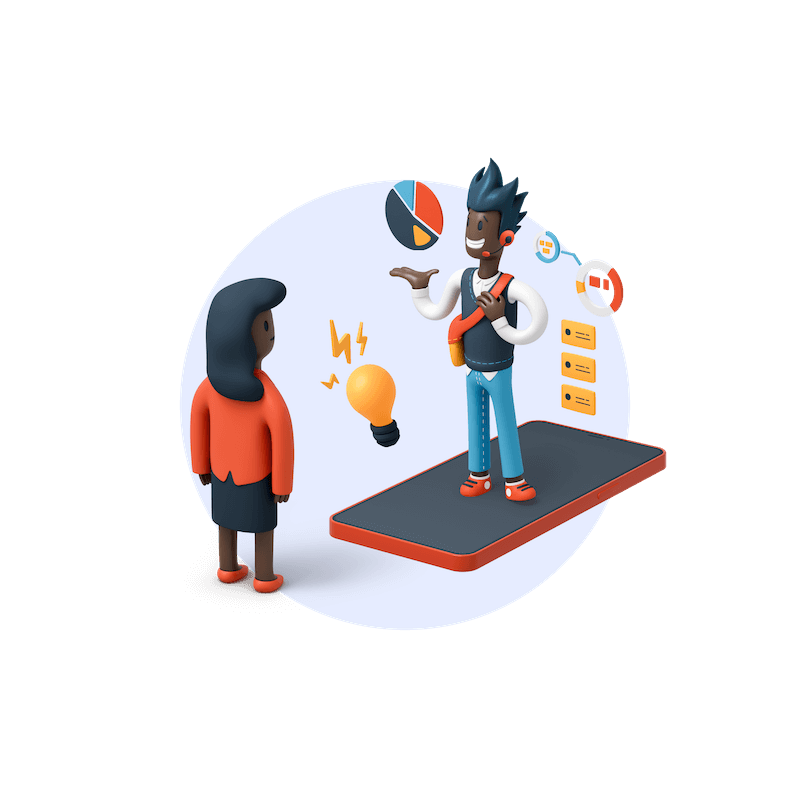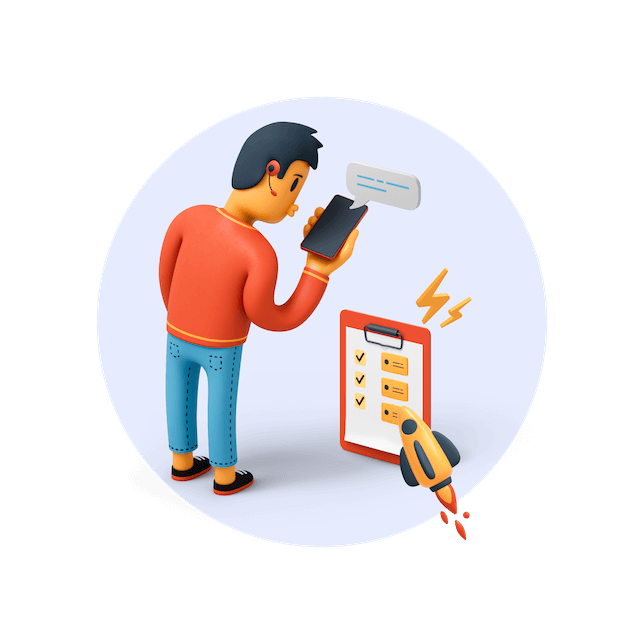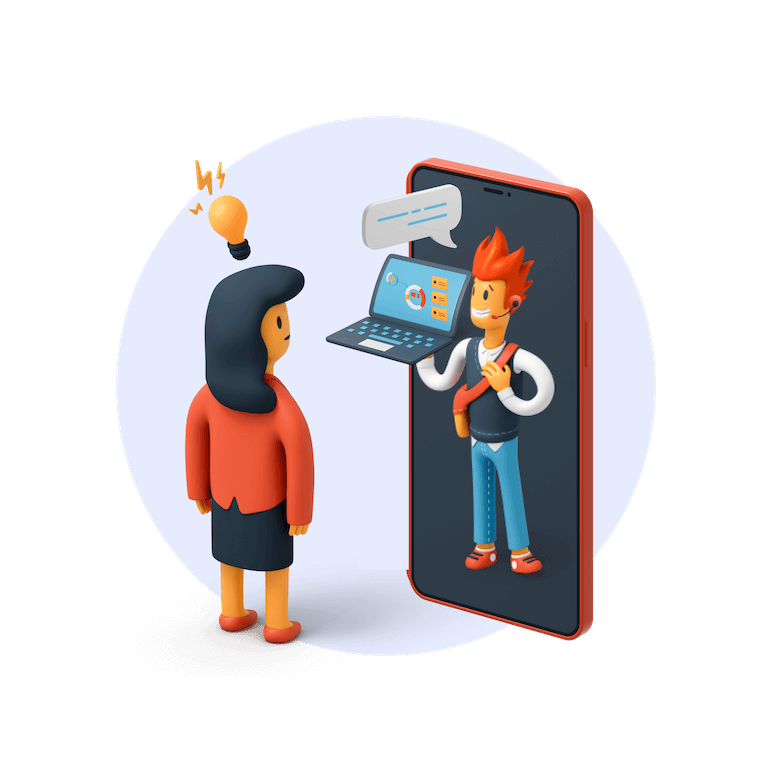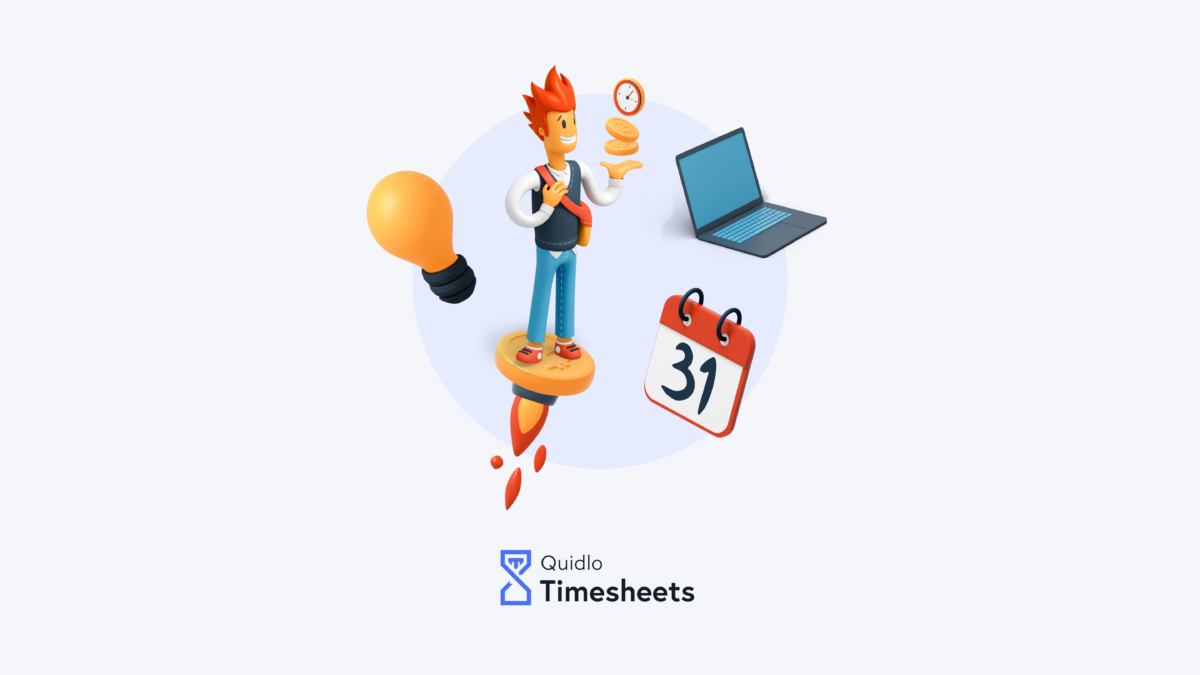
The increasing demands of modern life have also been joined by an increase in things that are trying to distract us. Whether we work in an office or from home, there are multiple things vying for our attention. Unless we carefully manage these distractions and interruptions our day will come to a close without us having achieved very much. These types of days can turn into weeks, and months, and are detrimental to our success and health.
We have compiled some ideas to increase productivity at work that we think will counteract these distractions, and help you become your best self.
Table of Contents
Avoid meetings
We have all sat through an hour-long meeting where the points could have been summed up on a Post-It. Although they are occasionally necessary in order to keep everyone on the same page, the majority just end up keeping you from actually getting the work done.
Rather than automatically attending every meeting, check first to see if it is absolutely necessary for you to be there. Explain to your Team Leader or Boss that it would be much more productive for you to spend that hour working, and that you can be filled in about anything relevant to you in the meeting later. They may not go for it, but it is always best to ask.
Take Breaks
More time working does not equal more work done. Depending on the type of task, our brains can only produce quality work for a certain amount of time before becoming drained and ineffective. This is definitely an area worth experimenting with. Some will swear by the Pomodoro Technique, where you work for 25 minutes and then break for 5. Others find this timeframe too short and will opt for 90 minutes before stepping away from the computer to stretch. It all depends on how easy your job is to jump in and out of.
Regardless of the timeframe you chose, it is important to stick to it and treat these breaks with the same importance as the rest of your schedule.
A 25-minute power nap during your lunch break can be a total gamechanger, since the afternoon slump is all too common.
Limit distractions
This can often be the most difficult one as it involves not only controlling yourself, but also those around you. If you are in the same room as your colleagues or are easily accessible, it can lead to multiple interruptions to your workflow through-out the day. These are often things that are not related to what you are working on and can really hinder your productivity. Here are some suggestions for limiting distractions:
In the company office
- Choose a period of time each day for focused work, and inform all your colleagues that you can only be disturbed during it if it is an emergency.
- Use noise-cancelling headphones to cut out office chatter.
- Hang a ‘Do Not Disturb’ sign from the back of your chair for those around you who have not gotten the hint.
- Turn off desktop notifications.
- Keep plenty of water at your desk so you don’t need to leave your desk and risk getting distracted.
In your home office
- Explain to your family that even though you are at home, this does not mean you are any more accessible than if you were working from the company’s office.
- If you have a private room to work from, lock it to limit any disturbances.
- Keep plenty of drinks and snacks at your desk so you don’t have to make trips to the kitchen.
- Use social media / website blocking tools to avoid procrastinating while you should be working.
Track your time
Ask any productive person how to increase work efficiency and they will tell you how important it is to know how you are spending your time. If you don’t even know where your time is being used, how are you supposed to optimise it?
Are you spending too much time on certain tasks and not enough on others?
The 80/20 rule tells us that we should figure out the 20% of tasks that bring us 80% of the results and then focus solely on those. Using a time tracker can be an eye-opening experience into how we are really spending our workday so you can make better choices.
Automate processes wherever possible
With distributed teams and stringent budgets, financial productivity becomes just as crucial as employee productivity. Thus, an easy way to lift the load off your employees is to automate all error-prone, manual, and time-consuming tasks. The most recommended processes for automation are time-tracking, expense management, and project management.
Adopting technology will streamline, automate, and simplify processes and workflows. It will also free up time for employees and Finance teams to focus on other tasks that will add value and revenue to your business.
Be careful with multitasking
The internet is full of “Multitasking is bad” and “Multitasking is good” articles, but a more important question to ask first is “What tasks are we talking about?”.
Listening to a podcast related to your career on your morning run would be a fantastic use of your time, but responding to emails when you are trying to do some deep work is not a recommended way to multitask. Pulling yourself in two different directions at once will just mean you are not fully present with either task, and the quality of work will be reduced along with your productivity.
Decide for yourself which of your tasks really needs your full attention, and everything can wait until you are finished.
Prioritise Your Tasks
If you want to know how to improve your productivity, you need to know how to prioritise your tasks. There are 2 types of prioritisation that you should keep in mind: Prioritising based on importance, and prioritising based on difficulty.
For many people the morning time is when the brain is working at full capacity, and it is important to make the most of this time by scheduling those tasks that require the most focus. Leaving these types of tasks until later in the day is risky, as you may be metally tired after lunch and produce low quality work. Get them done while you are fully alert.
The morning session should also be used for getting the important tasks done; the ones that cannot wait until tomorrow. Even if these are not mentally challenging tasks, leaving them until after lunch is risky as you may be pulled away from focusing on them with unforeseen issues.
The afternoon work session should be about low-importance, low-difficult tasks like data-entry and responding to emails.
Delegate tasks
Depending on your role within your company, there may be some tasks that are currently on your schedule that are not the best use of your time or your expertise. For example, it would be a waste of company money to hire an experienced Full Stack web developer only to have them spend too much of their day doing tasks that anyone could complete. All it does is slow the developer down and increase company costs.
If there are tasks like this currently on your schedule, figure out the best way to delegate them. Perhaps there is an assistant that could take them off your hands, or perhaps you could use software to automate them. Some have even gone as far as hiring themselves a virtual assistant to do some of the work that is stifling their productivity, so they can focus on what it is they were mainly hired to do.
Stop trying to be perfect
There is no such thing as perfection, yet it is amazing how much time people waste trying to perfect something that is already good enough. Once a task we are working on has reached a certain level of completion any additional time spent on it does not make much of a difference, or at least enough of a difference to justify the added time.
This does not mean that attention to detail should be abandoned or that we should aim low, just that we should be aware of when we have reached the point when it is as good as it can be. Then we move onto the next task. Perfectionism is a difficult trait to overcome, but it is a vital aspect in how to improve productivity.
Manage your stress
One of the most powerful ideas to increase productivity at work is to manage the working environment. Stress is all too common in the workplace and has been scientifically proven to impair focus, memory, and mental agility. This is detrimental to our productivity and needs to be carefully managed.
Here are some ways you could manage your stress at work:
- Pay attention to your posture. Sitting hunched over at a desk for long periods of time has mental repercussions.
- Avoid conflict. This doesn’t mean that you should not stand your ground if something needs to be said, but that it is best to avoid gossip or petty arguments with colleagues.
- Make your desk a positive environment by adding things like a plant, bright colours, or a family photo.
- Go outside for lunch. Preferable somewhere close to nature, like a park.
- Talk to your supervisor. If there is something they can do to reduce your stress and therefore increase your productivity, it is important to tell them.
Conclusion
We don’t have complete control over how our workday plays out, but we do have the power to tweak certain things. Paying attention to anything that is in your control will have a powerful impact on your productivity levels.


